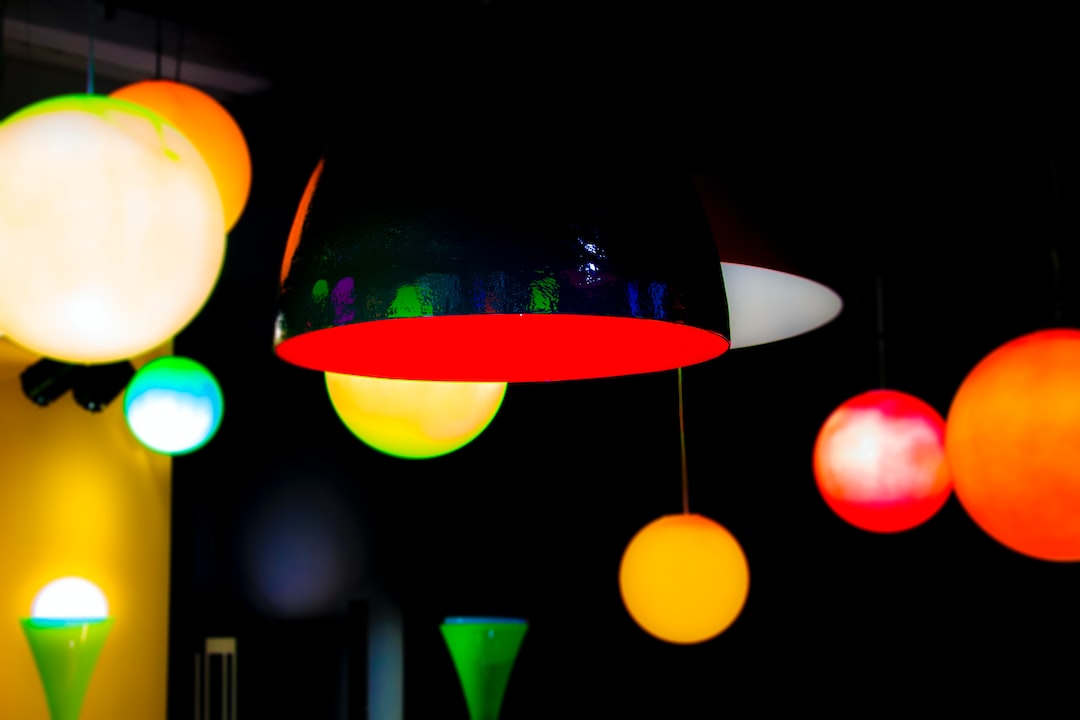Understanding the Principles of Sculpture: Form, Composition, and Texture
Sculpture is one of the oldest and most revered art forms that have stood the test of time. From ancient civilizations to contemporary art, sculptures have always captivated audiences with their three-dimensional presence. However, to truly appreciate and understand sculpture, one must delve into the principles that govern this art form – form, composition, and texture.
Form is the backbone of a sculpture, and it refers to the shape and structure of the artwork. Unlike two-dimensional artworks, sculptures exist in three dimensions, allowing the artist to manipulate space and create tangible objects. Sculptors work with various materials such as clay, stone, wood, metal, and even ice, each imparting its own unique properties to the final piece.
Form in sculpture is not limited to the external shape but also encompasses the internal structure. The artist must understand how the artwork will be viewed from different angles and consider the interaction of light, shadow, and volume. The interplay between positive space (the sculpture itself) and negative space (the surrounding emptiness) is crucial in creating balance and harmony.
Composition, on the other hand, refers to how these forms are organized within the sculpture. It is the arrangement and relationship of the various elements of the artwork. The composition guides the viewer’s eye and creates a sense of unity, coherence, and visual interest. A well-composed sculpture can evoke a powerful emotional response and convey the artist’s intended message.
To achieve a harmonious composition, sculptors use various techniques. One such technique is the use of lines and planes that guide the viewer’s gaze and create a sense of movement. These lines can be curvilinear, zigzag, or straight, and they can be used to create rhythm and flow within the sculpture.
Another important aspect of composition is the concept of balance. Balance can be achieved through symmetrical or asymmetrical arrangements of forms. Symmetrical balance creates a sense of stability and order, with the elements mirroring each other. In contrast, asymmetrical balance creates a dynamic tension, as the elements are arranged in an intentionally unbalanced manner.
Texture, the third principle of sculpture, is the tactile quality or surface feel of the artwork. Texture can be rough or smooth, hard or soft, and it adds another layer of depth to the sculpture. Sculptors can manipulate the material to create different textures, or they can incorporate various materials to provide contrasting textures within a single artwork.
Texture can be both visual and tactile. Visual texture is created through the use of lines, patterns, or other visual elements that give the illusion of texture. Tactile texture, on the other hand, can be felt physically through touch. By incorporating different textures, sculptors can make their artworks more interactive, inviting viewers to explore them with more than just their eyes.
Understanding these principles of sculpture is essential for both creators and viewers of this art form. It allows the artist to communicate their ideas effectively and create captivating artworks. At the same time, understanding the principles gives viewers a deeper appreciation and a more nuanced understanding of the artworks they encounter.
Sculpture has the power to transcend time and space, captivating audiences with its tangible presence. By understanding the principles of form, composition, and texture, one can truly appreciate the immense skill and creativity that goes into creating a sculpture. So take a moment to immerse yourself in the world of sculpture, and let these principles guide your exploration and appreciation of this timeless art form.

